Fondant’s Secret Super Powers
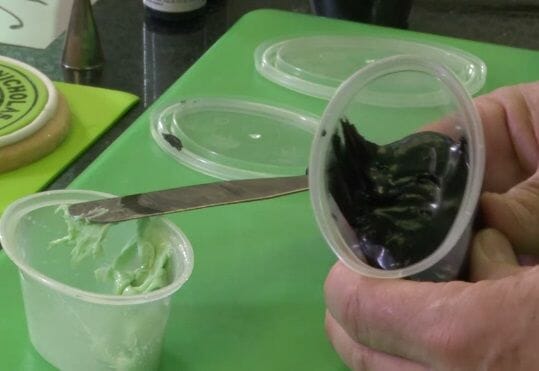
Today we are going to talk about what you can do with rolled fondant. And I’m not talking about covering you cake! Chef Nicholas has two techniques to change things up with rolled fondant that students just go bananas over when they learn them for the first time: modified rolled fondant and softened rolled fondant.
Let’s first talk about why these two techniques are so important for cake decorators and sugar artists. Getting perfect color matches between rolled fondant, gumpaste, and royal icing when decorating cakes, cookies, or cupcakes, can be a real big pain. I bet you are all nodding your heads in agreement, am I right?! That’s where Chef Nicholas’ modified and softened rolled fondant come in handy. Using these two techniques will allow you to achieve PERFECT color matching because you are using the exact same product- rolled fondant.
Modified rolled fondant allows you to create a product that is comparable to 50/50 paste or even gumpaste. Start with 115 g (1/4 pound) of whatever color fondant you are using on your project and add 1/4 teaspoon tylose powder and 1/4 teaspoon vegetable shortening for a 50/50 paste consistency. If you need something stronger and closer to gumpaste simply double the amount of tylose powder (1/4 pound fondant, 1/2 teaspoon tylose powder, and 1/4 teaspoon vegetable shortening). For either version knead all the ingredients together well, place in a zip-top bag and allow to rest for 15-20 minutes. That’s it, that’s all you have to do for a perfect color match for projects calling for 50/50 paste or gumpaste!
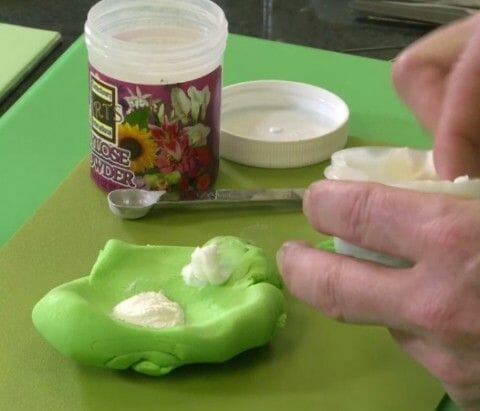
1/4 pound rolled fondant, 1/4 teaspoon tylose powder, and 1/4 teaspoon vegetable shortening.
Things get trickier when you need an identical color in royal icing. Even trickier still if you need it in a dark color. Oy, no one likes coloring royal icing a dark color. Never fear, Chef Nicholas has the answer- softened rolled fondant! The softened rolled fondant is good for stenciling, brush embroidery, or piping (it will pipe best with a small round tip). Take the desired amount and color of rolled fondant you need and place it in the bowl of a stand mixer fitted with the paddle attachment. Add water, using a spray bottle, a little bit at a time until you have a smooth and creamy consistency. For small amounts, this can be done by hand in portion cups. This softened rolled fondant will not bleed like royal icing, and it will have a beautiful porcelin finish. If you properly store the softened fondant in a sealed container in a zip-top bag, it can keep easily for a year! Waste not, want not!
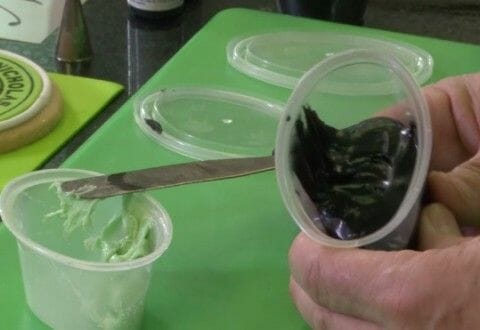
This black rolled fondant has been softened and is ready to be piped!
So there you have it, two super quick and easy techniques to try out with rolled fondant. No special tools or products (outside items every decorator likely has already) needed. If you haven’t yet tried to create modified or softened rolled fondant, I hope you give it a try soon. It’s sure to make your decorating life easier!
If you are a visual learner, Chef Nicholas covers both of these techniques in many of his classes in person and in his Craftsy Custom Lettering and Monograms class. If you would like to get that class for 50% off, just click here!
Finally, thanks to Molly for suggesting this blog topic, I think it’s a fantastic subject!
Sweetly yours,
Stephanie
Don’t just follow our blog! Follow Chef Lodge on Facebook, Instagram, Pinterest, Twitter, Flickr, and Tumblr!

Winner of the 2015 Craftsy Blogger Award for Best Craftsy Cake Decorating Instructor Blog

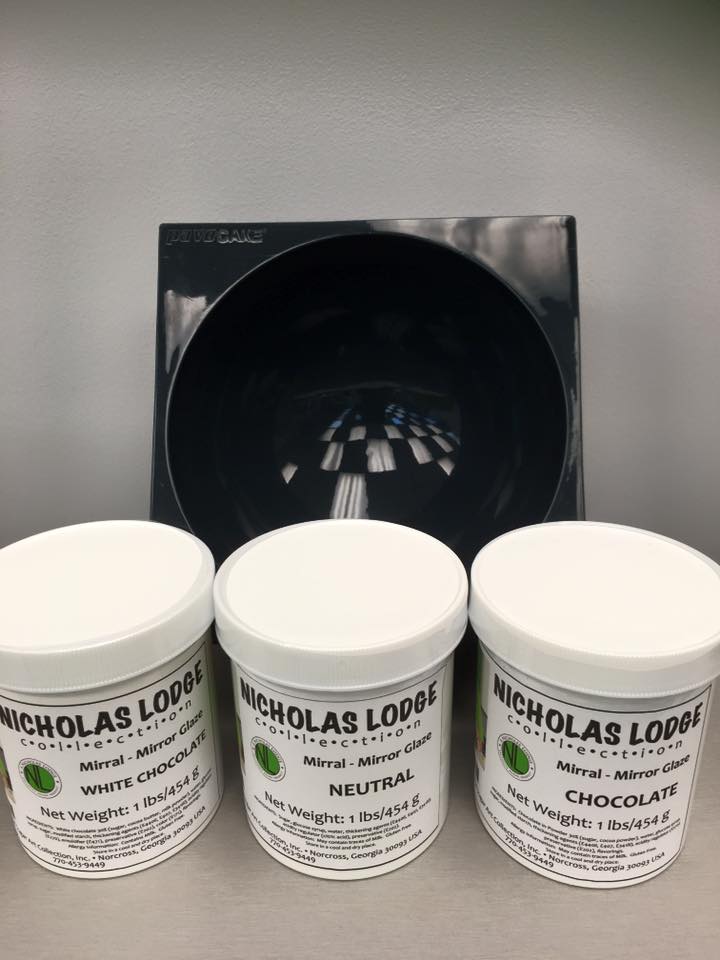
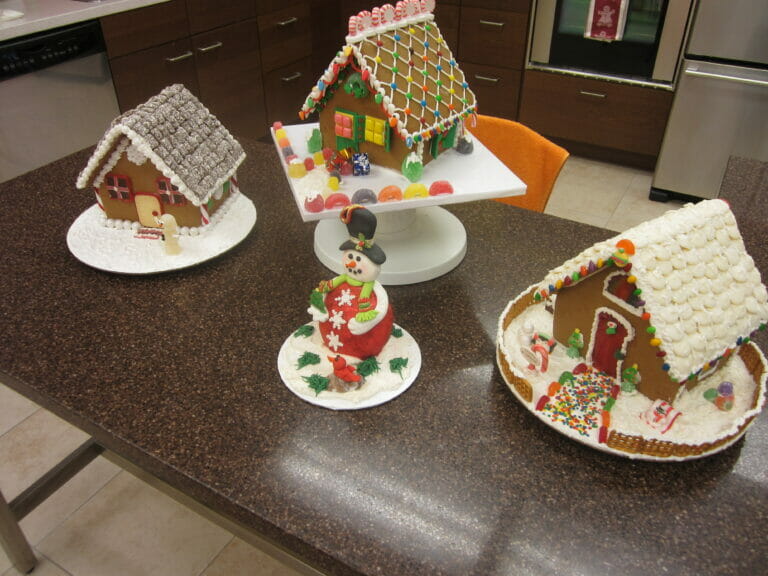

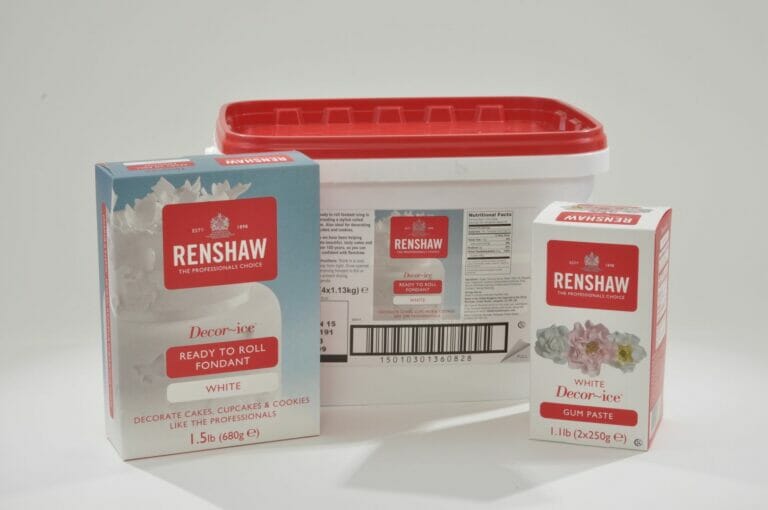
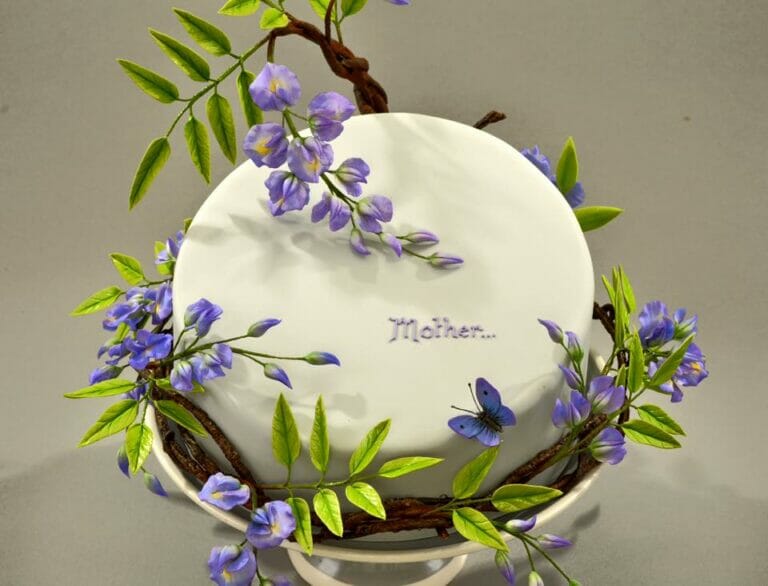
This is fantastic, I wish I had found this site sooner.